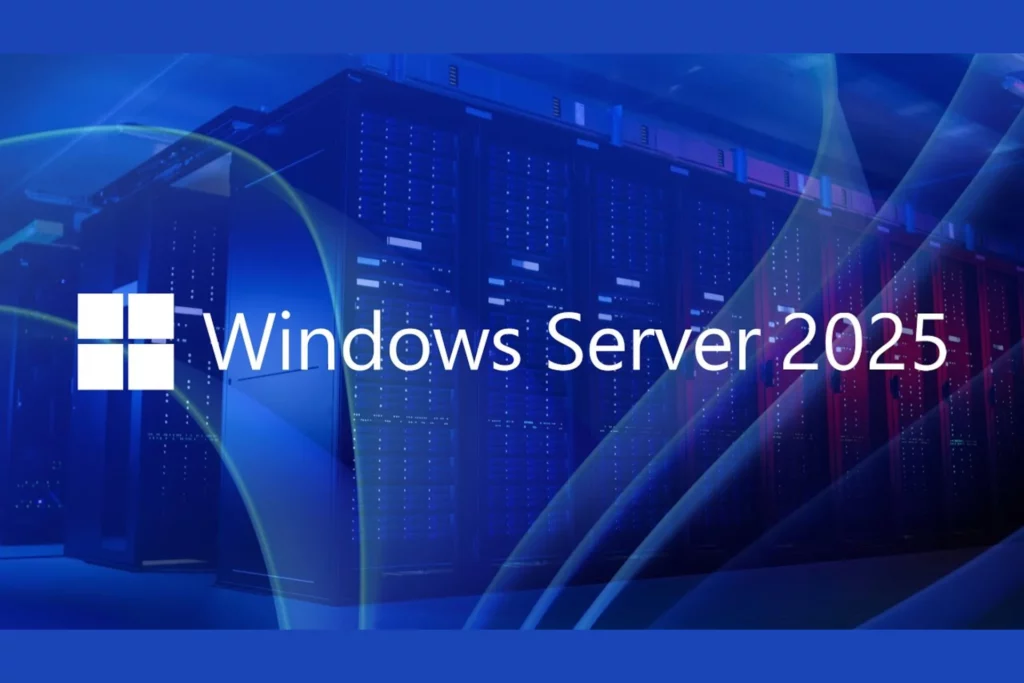Microsoft has announced the upcoming general availability of Windows Server 2025 Hot Patching, a long-anticipated feature that significantly reduces the need for disruptive reboots during routine patching. Starting July 1, 2025, organizations can subscribe to the service at a cost of $1.50 per CPU core per month.
Previously available only in the Azure cloud, Hot Patching is now being extended to any Windows Server 2025 instance managed via Azure Arc. This means organizations running Windows Server on-premises or in other cloud environments can now benefit from the same near-zero-downtime patching that Azure customers have enjoyed.
What Is Hot Patching?
Hot Patching enables security and quality updates to be applied without requiring a reboot, drastically reducing the frequency of system restarts. Under the new model, most systems will only need to reboot once per quarter, rather than after every patch cycle.
Learn more here:
Tired of All the Restarts? Get Hotpatching for Windows Server
Why This Matters
-
Improved Security Posture: Regular patching is one of the most effective defenses against cyber threats. Hot Patching removes a major barrier to timely patching—reboots and downtime.
-
Reduced Operational Disruption: Many organizations delay updates to avoid business interruptions. With Hot Patching, updates can be deployed with minimal impact on production workloads.
-
Unified Management: Since Hot Patching relies on Azure Arc, it also provides an opportunity to bring non-Azure servers into a unified Azure management plane, streamlining visibility and governance.
A New Era of Windows Server Management
This release marks a significant shift in how IT teams can manage and maintain Windows Server environments. By bringing Hot Patching beyond Azure and into hybrid and multi-cloud environments, Microsoft is continuing its push toward more secure, resilient, and manageable infrastructure—wherever it runs.
If you’re running or planning to adopt Windows Server 2025, this is a feature worth considering as part of your long-term IT strategy.




